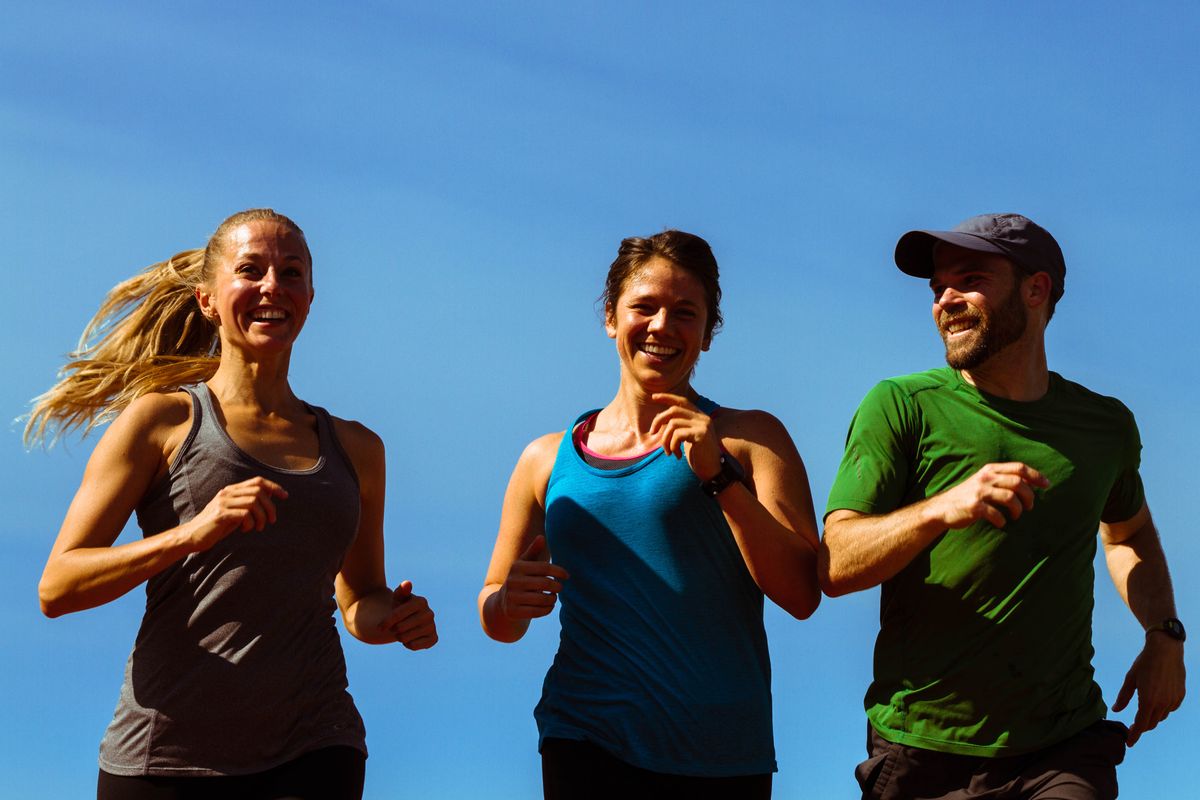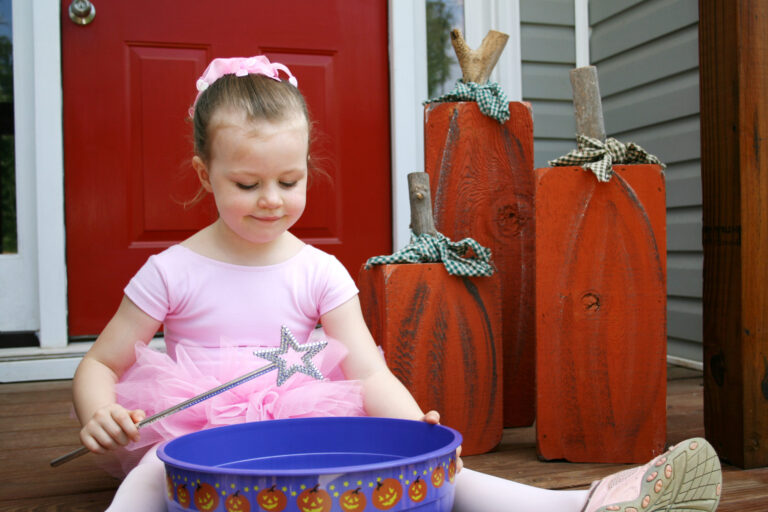
From improved aerobic capacity to better reactivity, cross-training can to do wonders for dancers’ health and performance. But with the abundance of exercise programs available, how do you get your dancers on the right routine?
Sebastian Grubb, a San Francisco–based fitness trainer and professional dancer, shares three questions to ask as you consider different cross-training options.
What’s missing from your students’ dance training?
Cross-training helps develop versatility. “I think with dancers it’s a little trickier than some other athletes, because what dancers do tends to be versatile already. However, there are generally still holes, which depend on the kind of dance someone is doing.” Grubb cites upper-body strength, aerobic capacity and the ability to move dynamically through space as areas for dancers that cross-training can improve.
Upper-body exercises like this push-up series are great for strength-training.
Will this type of exercise fill in the holes?
Consider the physical requirements of your students’ dancing. Will they need to be able to change directions on a dime? Do they need more strength for lifts? “I’m not a fan of classes that do 50 to 200 repetitions of the same exercise targeting a small muscle group,” says Grubb. “You have to ask yourself, ‘Is this going to help me move the way that I want to move?'” While many repetitions of a concentrated exercise will help build strength in a specific area, they may not help with full-bodied coordination.
To perform this piece with AXIS Dance Company in 2012, Grubb had to have significant upper-body strength. Cross-training helped him prepare.
Is it fun?
Cross-training is only beneficial if the dancer actually does it, and the likelihood that they’ll stick with it goes up exponentially if they’re having fun. “I encourage people to look for cross-training modes that feel like play, because they’re going to be challenged creatively while expanding their adaptability and responsiveness, learning skills and enjoying themselves,” says Grubb. “If you’re doing something a lot in the name of being physically balanced, it should be fun for you.”
If you’re stumped on how to begin cross-training, talk to a certified fitness trainer who has worked with dancers.




